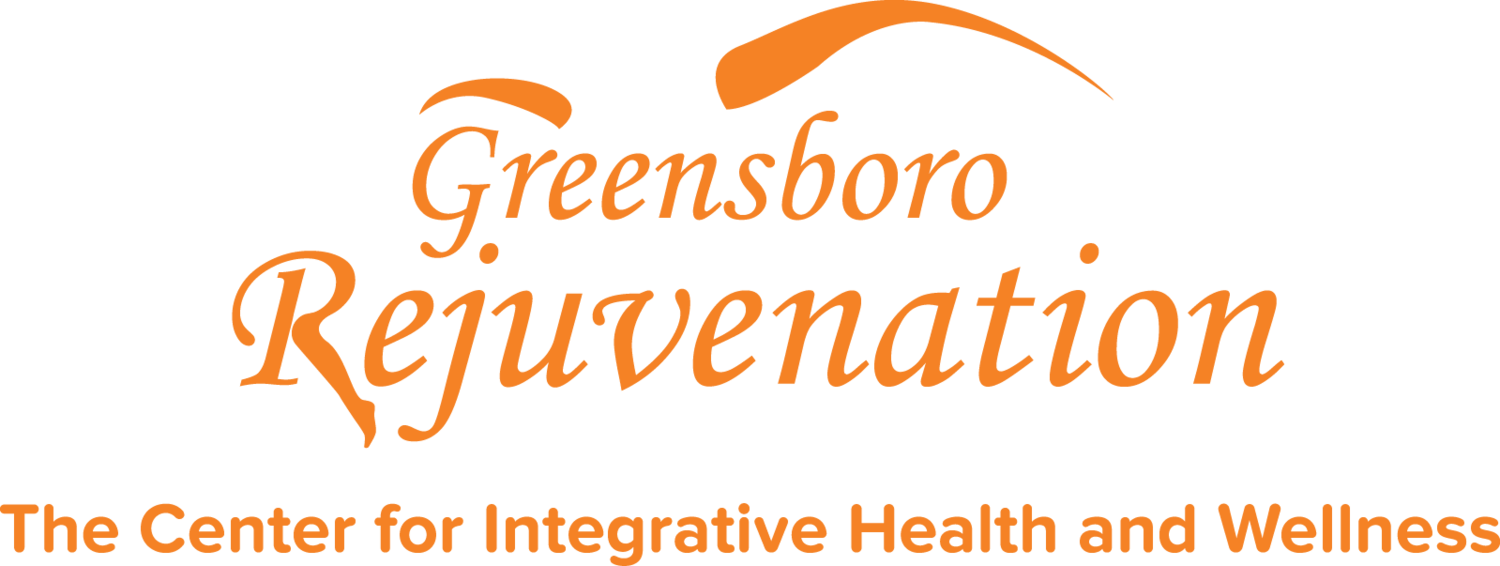Efficacy of subcutaneous injection of platelet-rich plasma in alopecia: A clinical and histological pilot study on a rat model with a six-month long-term follow-up experience.
PURPOSE:
To assess the potential of platelet-rich plasma (PRP) subcutaneous injection of to treat alopecia and to evaluate local toxicity.
RESULTS:
Hair density was significantly improved at D28 and at M6 for PRPQ+ vs PSQ+ (respectively, P = .0156 and P = .0313), PPPQ+ (respectively, P = .042 and P = .046). Significant histological improvement was observed between D28 and M6, for PRPQ+ vs PPPQ+ and PSQ+ for vessels (respectively, P = .0160 and P = .021), collagen (respectively, P = .0036 and P = .032), and epithelium (respectively, P = .0138 and P = .022) with no local toxicity.
CONCLUSION:
Our study suggests that subcutaneous PRP injections using controlled concentration of platelets and leukocytes improve hair growth.
SOURCE https://www.ncbi.nlm.nih.gov/pubmed/29130636





















